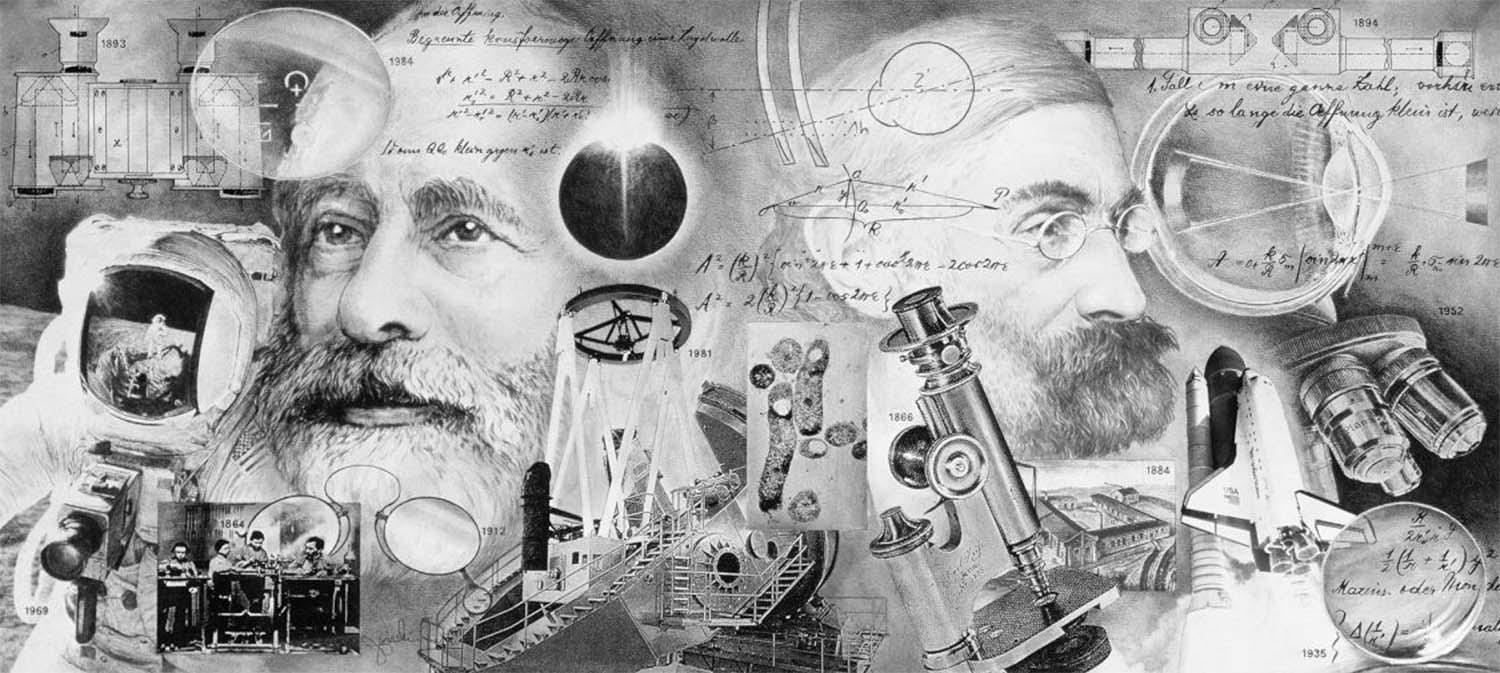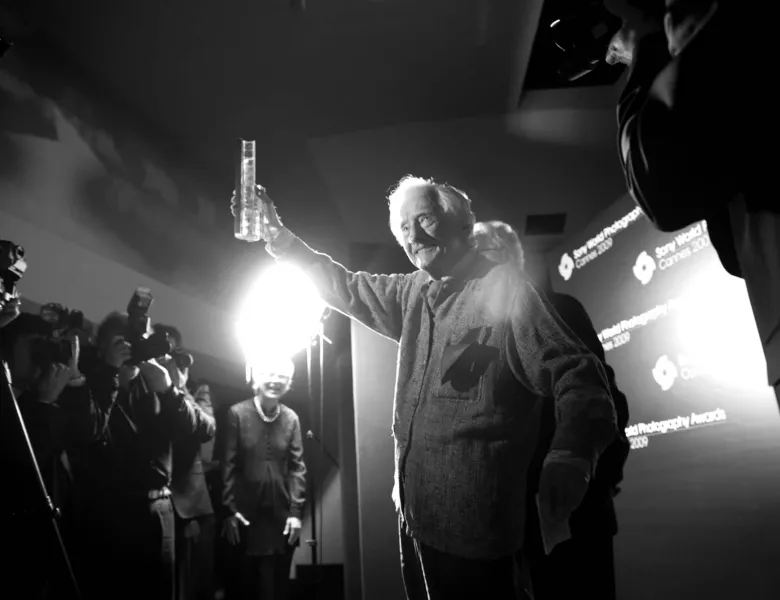ZEISS - Then and Now

In 2016, the ZEISS Photography Award was handed out for the first time, in parallel to the Sony World Photography Awards. Read on to find out about the history of ZEISS, in particular their optical expertise, from the company’s beginnings right up to the present day.
Carl Zeiss opened his workshop in Jena in 1846, quickly gaining an excellent reputation as a maker of scientific devices. Especially the construction and constant development of high-quality microscopes ensured his order books remained full, which enabled the company to grow rapidly and expand into new business areas. In the roughly 170 years of the company’s history, generations of ZEISS employees have produced binoculars, reflecting telescopes, camera and cine lenses, medical instruments and much more.
More information about ZEISS’s corporate history can be found here.
Today, ZEISS is a leading global company in the optical and optoelectronic industry, with 25,000 employees, represented in more than 40 countries. The most important businesses are medical and semiconductor technology, microscopes, measuring technology and consumer optics. The company headquarters are in Oberkochen in southern Germany.
High-end lenses from ZEISS
The Consumer Optics Business Group, which has 750 employees at three locations, encompasses camera lenses, planetariums and sports optics. The development and production of camera lenses was one of the earliest business areas. In 1890, ZEISS established a photo-optical department. In the same year it brought the first lens to the market. From 1902, ZEISS produced the legendary Tessar lenses, whose successors up to the present day include millions of lenses. The original optical design of Tessar can be found in exchangeable lenses such as the Vario-Tessar T* FE 4/16-70 ZA OSS, developed with Sony, or in today’s smartphones.
The first images on the moon
ZEISS’ relentless dedication to quality made the company part of an historic mission: the first images on the moon’s surface were shot with camera lenses from ZEISS. The Planar 0.7/50 lens, originally developed for the American space administration, later earned cult status in the 1975 film ‘Barry Lyndon’ by legendary director Stanley Kubrick. This extremely fast lens had been used by the American space administration to take pictures of the dark side of the moon from outer space, and Stanley Kubrick later used it to film scenes by candlelight only. Today, modern ZEISS cine lenses are in demand for productions of international blockbuster films, including the legendary ‘Lord of the Rings’ and ‘Hobbit’ trilogies, and recent major releases such as ‘Steve Jobs’, ‘The Walk’, ‘Sicario’ and the latest James Bond films.
Excellent imaging performance
Filmmakers aren’t the only ones who depend on the quality of ZEISS lenses. Professionals and ambitious amateurs around the world appreciate the large variety of interchangeable lenses, which meet the highest demands of today’s modern sensors. As the technology leader in the optical industry, ZEISS guarantees the best imaging performance thanks to precise production, the use of world-class optical glasses, and high-quality hardening through the patented ZEISS T* anti-reflective coating.
Current product lines at ZEISS include special cine lenses for digital film cameras, lenses for SLR/DSLR – led by the high-end lenses of the Otus family – and the Loxia and Batis series, specially designed for the full frame mirrorless cameras, as well as the Touit lenses for APS-C. The Loxia and Batis lenses were designed exclusively for the Sony E-mount, reinforcing ZEISS’ longstanding and extremely successful partnership with the Japanese camera manufacturer.
For more information about camera products from ZEISS, visit zeiss.com/photo.
Sony and ZEISS: 20 years of successful cooperation
When it began some 20 years ago, this partnership was pioneering. Combining each company‘s core competences was a smart move: ZEISS was able to benefit from Sony’s enormous reach in the field of consumer electronics, while Sony could upgrade its products by including quality lenses from ZEISS, which gave customers another important reason to buy Sony’s products.
ZEISS lenses have been built into Sony Handycams and Cyber-Shot cameras since 1996. In 2006, the first joint developed Sony/ZEISS lens with A-mount was presented. This was followed by the first variations for compact Sony E-mount cameras in 2011. Currently, 16 jointly-produced interchangeable models are available, and the two companies continue to develop products together: ZEISS is responsible for testing and approving the prototypes, while Sony does the serial production. In total, more than 185 million jointly-developed products have been sold since the cooperation began. ZEISS also has partnerships with Microsoft and Logitech.







